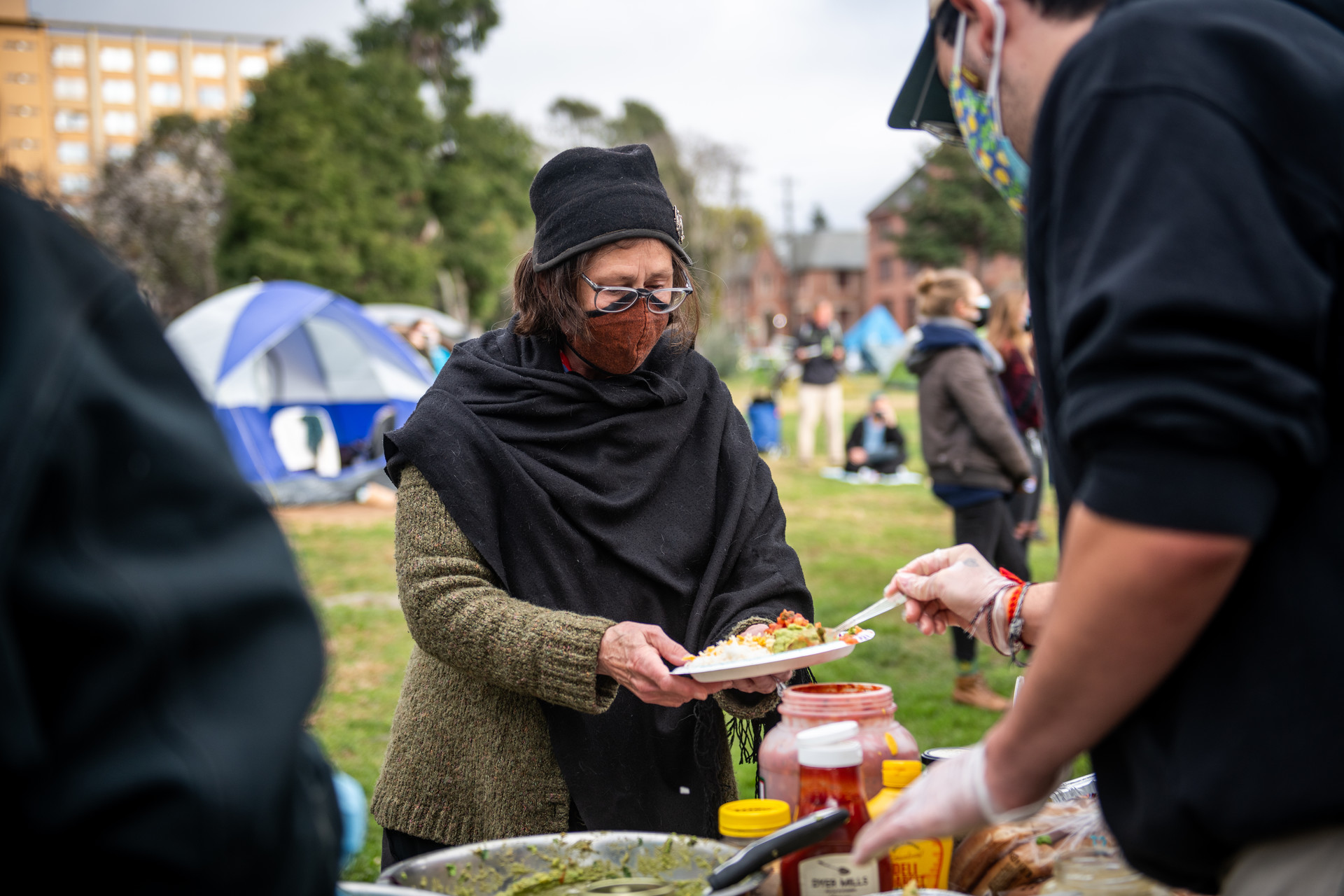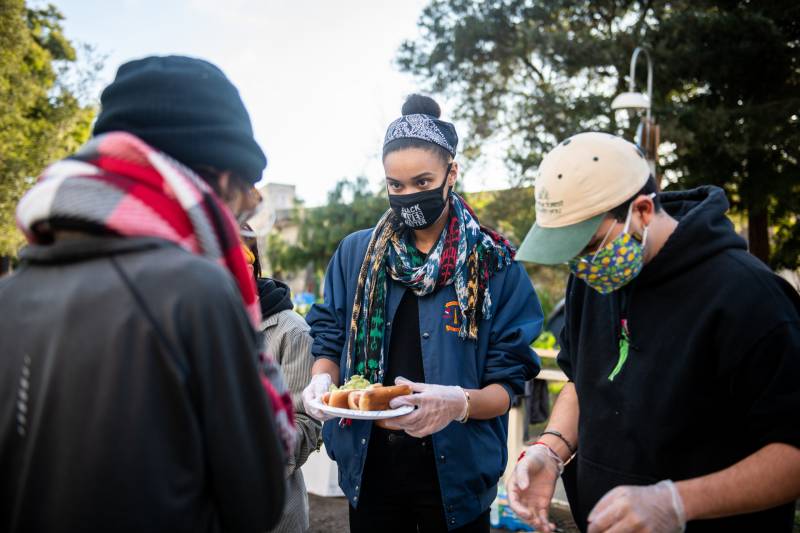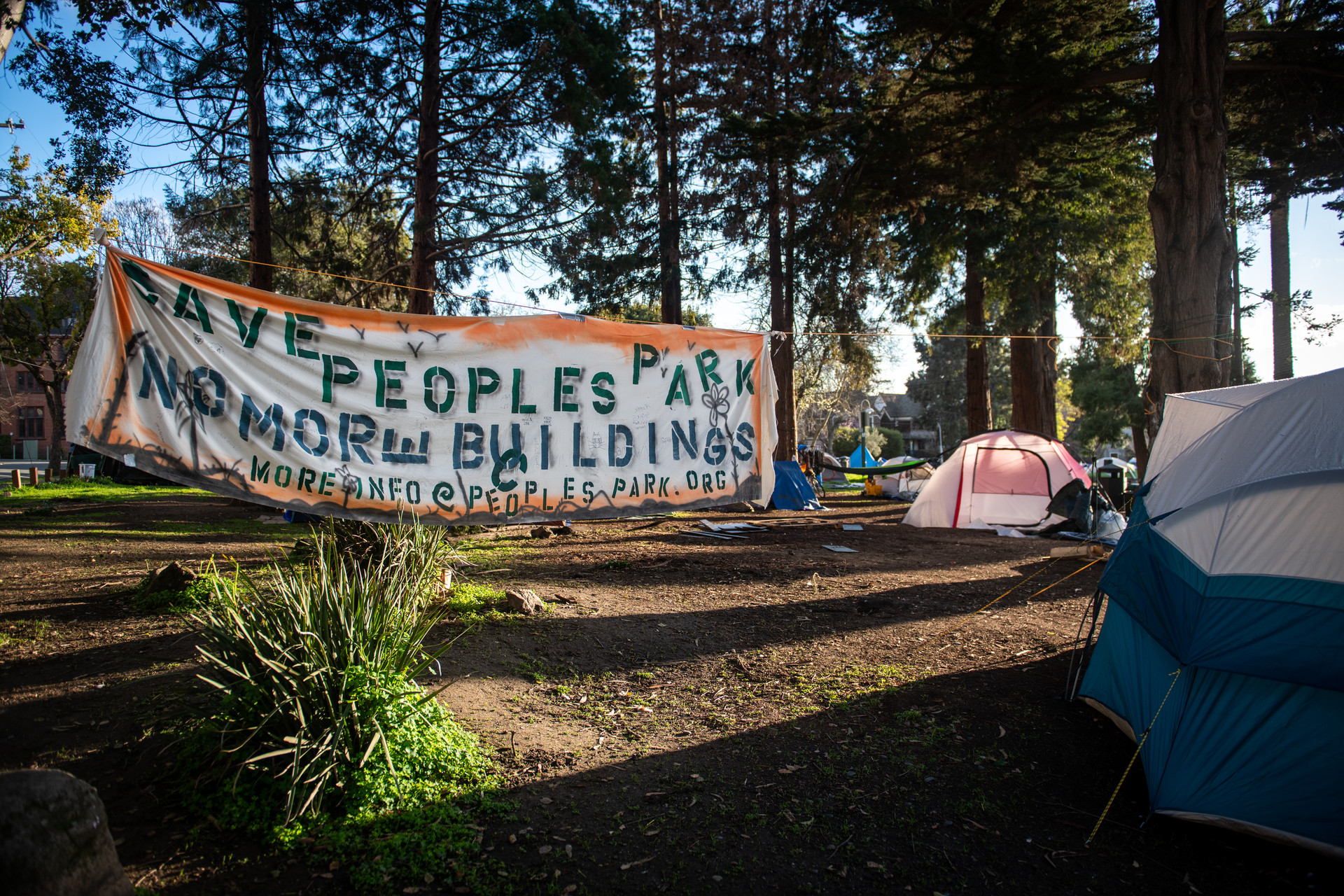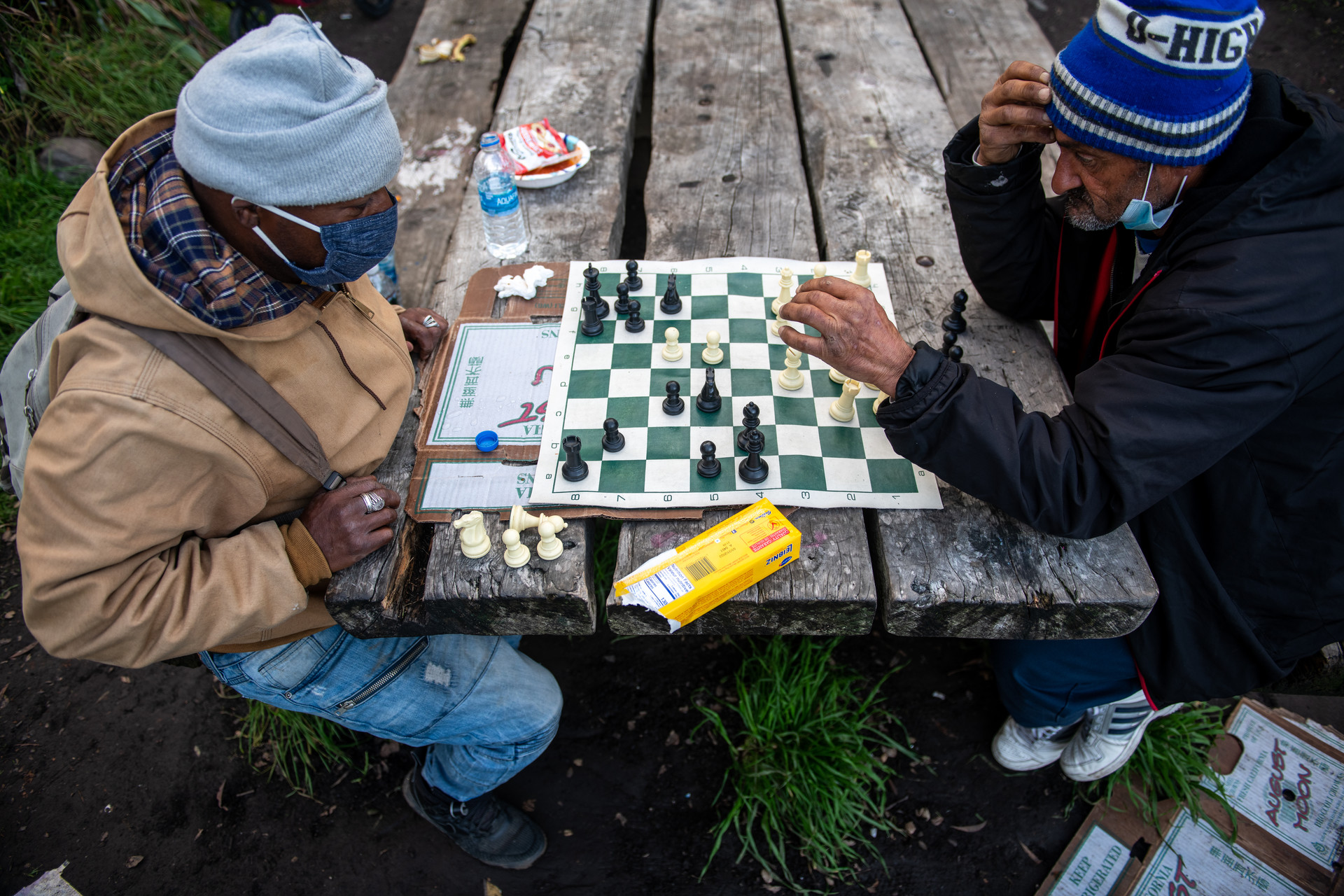In 2009, East Bay resident Lisa Teague lost their home. Eighteen months later – after living with a friend in Albany and moving between different motels in Oakland – they were able to secure housing through a Section 8 lottery. Teague’s new home was located near People’s Park, a few blocks from the UC Berkeley campus.
The park quickly became a beacon of comfort and community for them. Teague was able to make connections with the unhoused residents of the park and pick up meals or other donated resources. The park community also helped Teague immensely by welcoming them into a safe space.
"I was really shaky, I had a tough time," Teague said. "The park community and the resources helped more than I can say until I got it together."
It wasn’t until 2018 – when UC Berkeley announced plans to build a student housing development on the park's location – that Teague decided to join local organizers as a member of the People's Park Committee, a group dedicated to taking care of the park grounds and its residents by distributing meals in partnership with East Bay Food Not Bombs. Teague said the university has done little to acknowledge the communal significance behind the park.
“You would think that if they wanted to have a relationship with the city that they would respect the fact that People’s Park is a Berkeley landmark. It has been since 1984,” Teague said. “It’s a precious area to the city and they don’t seem to see that.”

The history of People’s Park dates back to its creation in 1969 by Berkeley residents after a first attempt by UC Berkeley to build student housing on the site fizzled and the lot, which the university owns, was left deserted. On May 15, 1969 – which would become known as Bloody Thursday – police and sheriff’s deputies moved in, made arrests and sealed off the park's perimeter. Mass protests followed that action as students and members of the Berkeley community clashed with police. Dozens of people were injured, and a 25-year-old bystander died days later after being hit by a police shotgun blast. Then-Gov. Ronald Reagan called in the National Guard the following day. Students and faculty eventually voted to keep the park.
Nearly 52 years later, UC Berkeley is again determined to reclaim the park, pointing to a dire need for student housing. The proposed development is expected to be up to 17 stories high and house over 1,000 students.


